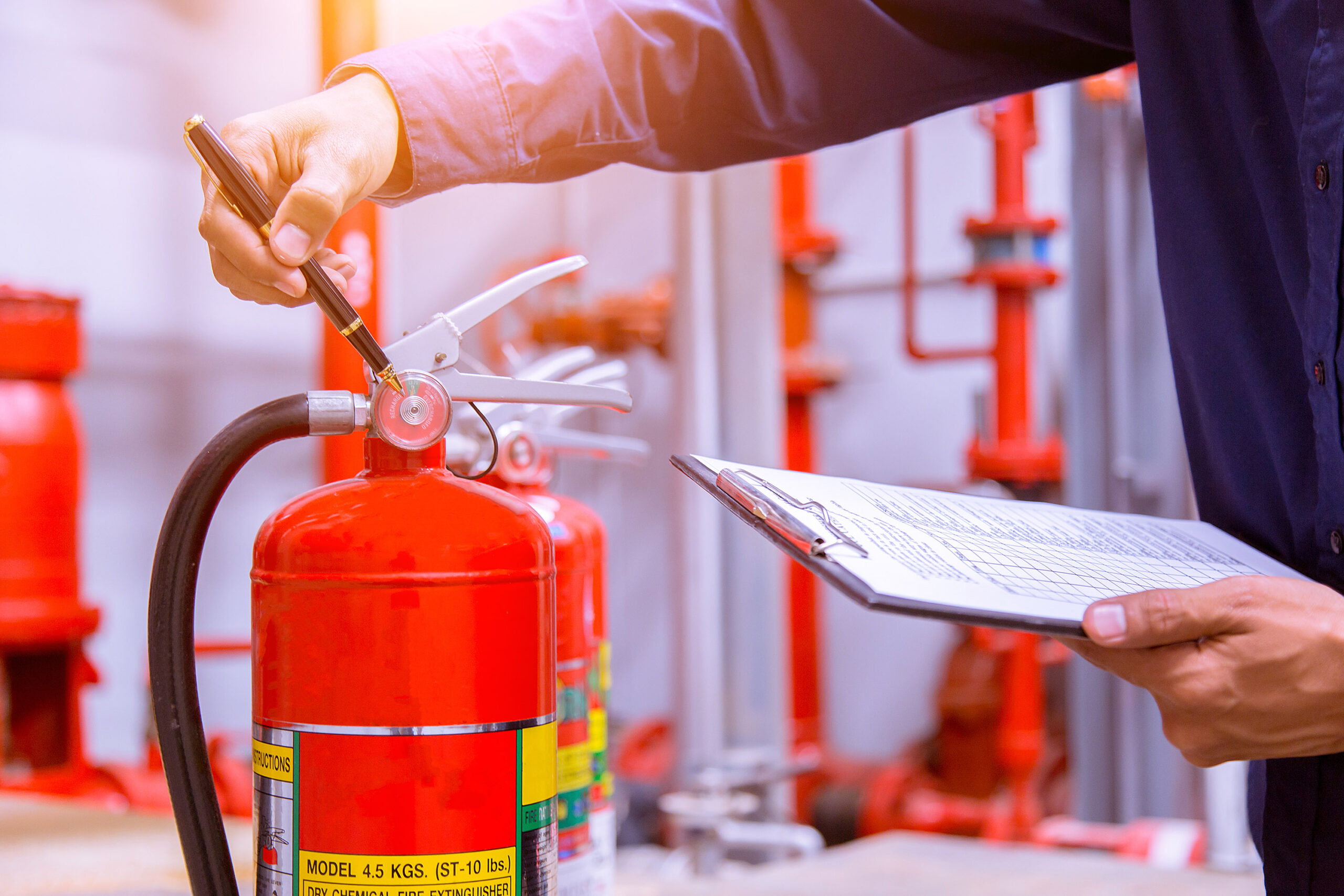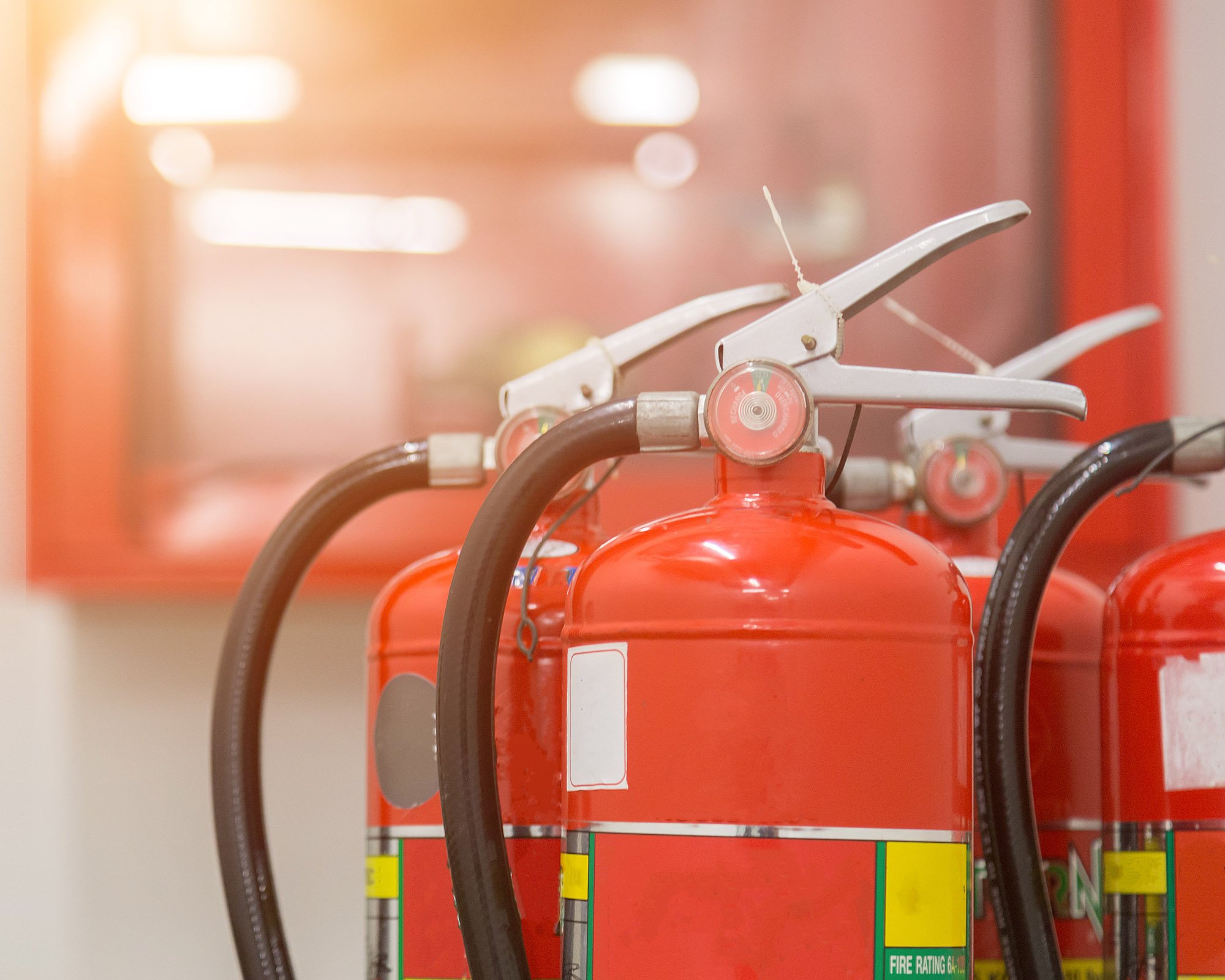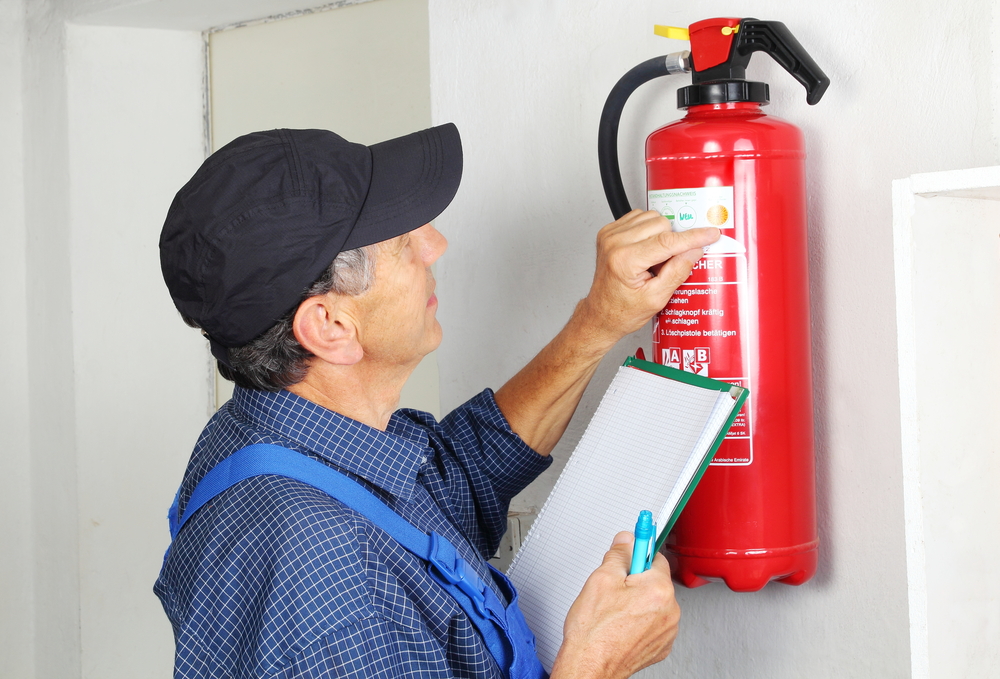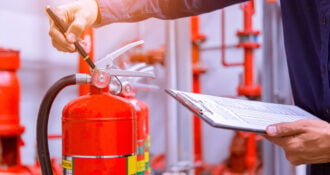Life as a fire hose reel can be tough. To start with, most of it´s days are spent outdoors, exposed to the elements. For at least three months of the year, it has to endure the rain and wind and general dampness that winter brings, which is then followed by the relentlessness of the hot summer sun. Most people think fire hose reels are pretty resilient, and they are – but prolonged exposure to the weather does see it deteriorate over time.
A fire hose is made up of rubber and a powder coated drum, as well as a few plastic fittings on the outside. Over time the rubber will become less durable, which you’ll notice when you try to roll it back onto the drum. Eventually you’ll start to see small cracks on the hose, which, again, will only get worse with time until the hose will completely split under the pressure of the water flowing through it, rendering it entirely useless. This could prove devastating if it occurs in the event of a fire. Continue Reading











